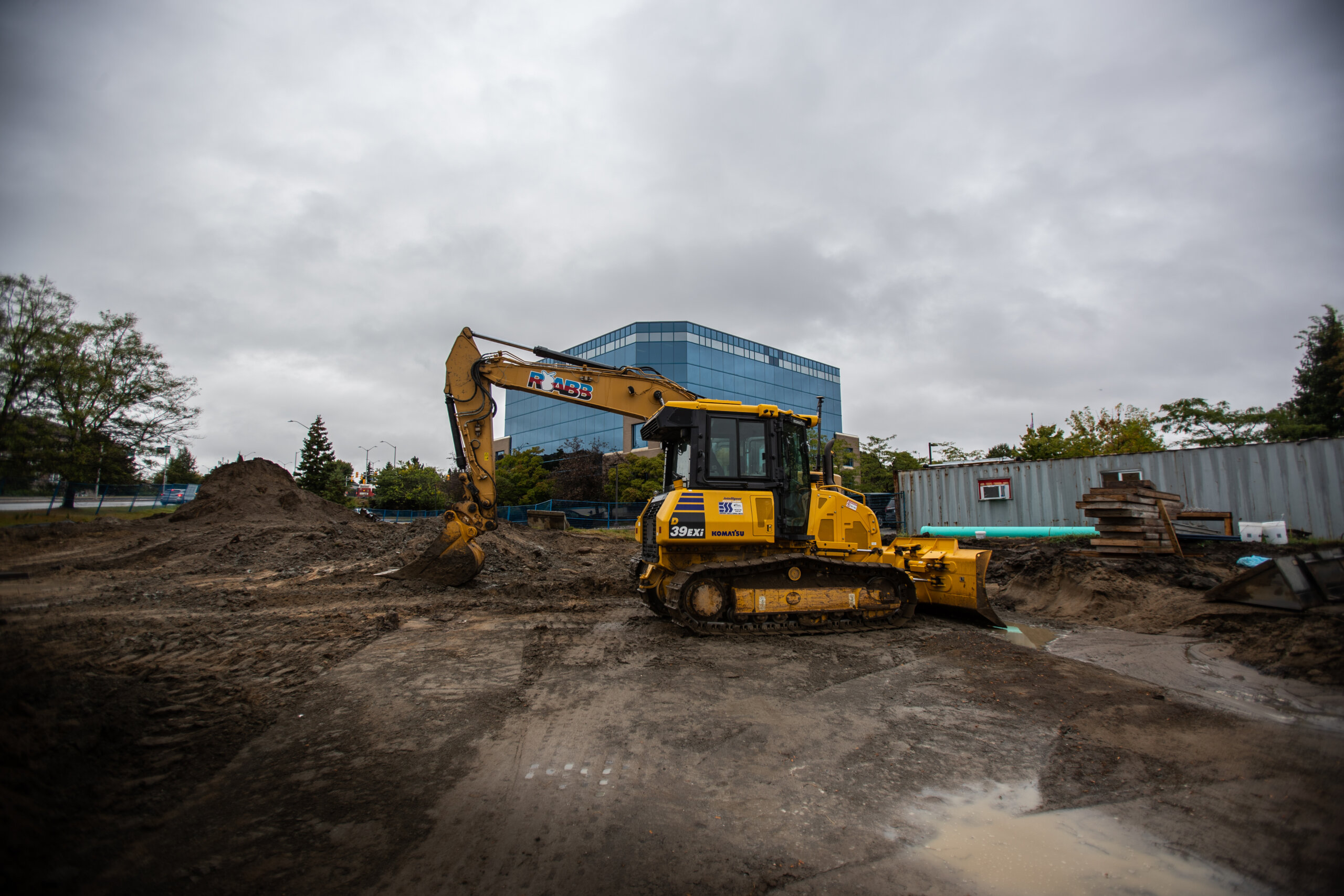Excavation work is some of the most dangerous in construction. Between unstable soil, underground utilities, and the movement of heavy machinery, crews are often working in high-risk conditions where one mistake can lead to serious injury or worse.
OSHA classifies excavation as high-risk for good reason. According to the agency, excavation fatalities are more than twice as likely when no protective system is in place. Many incidents aren’t caused by reckless behavior, but by inconsistent inspections, missing documentation, or gaps between the field and office.
Here are four critical risks excavation contractors face, and how using digital safety tools in the field can help prevent them.
1. Trench Collapse
One cubic yard of soil can weigh more than 3,000 pounds. That’s enough to crush a worker instantly in the event of a collapse. The longer a trench sits uninspected, the higher the risk.
Where things break down:
Daily inspections are required by law, but on busy sites, forms often get missed, completed after the fact, or misplaced entirely. Paper logs don’t offer verification, and without timestamps or photos, it’s difficult to prove inspections were done properly.
How digital tools help:
- Crews can complete daily trench inspections on their phones or tablets
- Forms are timestamped and geo-verified, adding proof of completion
- Workers can upload photos of trench boxes, ladders, spoil placement, or changes in soil
- Records are stored instantly, without needing paper backups or end-of-day uploads
If there’s ever an incident or inspection, supervisors can produce complete documentation within minutes—including visual evidence that protective systems were in place.
2. Underground Utility Strikes
A utility strike puts lives at risk and exposes contractors to massive liability. Gas lines, fiber optics, high-voltage cables, and water mains all require precise handling and full crew awareness.
Where things break down:
Locates get called in, but crews don’t always receive the full info. Markings fade, site conditions shift, and utility drawings may not match reality. If that communication isn’t documented or shared clearly, mistakes happen.
How digital tools help:
- Upload locate reports, utility maps, and photos directly into the project file
- Include utility info in pre-task plans so every crew member sees it
- Supervisors can review and sign off on utility documentation from the field
- Crews can flag conflicts or concerns using mobile forms with photo attachments
Keeping this information centralized and accessible improves awareness across the team. It also creates a digital record that helps defend against claims if a line is hit despite proper precautions.
3. Heavy Equipment in Confined Areas
Excavators, skid steers, compactors, and dump trucks often operate in tight spaces during excavation. Workers on foot are at constant risk of being struck or pinned, especially when visibility is limited.
Where things break down:
Blind spots, unclear traffic patterns, and equipment that hasn’t been inspected properly can all lead to injury. When operator certifications or maintenance logs are missing, it’s harder to enforce safe practices.
How digital tools help:
- Use digital task assignments to clarify traffic control roles and exclusion zones
- Track equipment inspections through mobile forms with photos and checklists
- Store operator certifications in the system so supervisors can verify qualifications
- Attach safety bulletins, SOPs, or site-specific instructions for easy crew access
With the right tools, supervisors can confirm that certified operators are using equipment, inspections are being completed, and that expectations are clear before machines ever start moving.
4. Unstable or Changing Soil Conditions
Soil isn’t static. What looked stable in the morning can shift by afternoon due to moisture, vibrations, nearby work, or weather changes. Crews need to adjust quickly, especially when excavations run deeper or wider than expected.
Where things break down:
Early soil assessments aren’t always updated as site conditions evolve. If crews don’t have a way to communicate concerns or escalate issues, dangerous assumptions can persist.
How digital tools help:
- Workers can log hazards or soil changes through real-time safety reports
- Include photos of water ingress, sloughing walls, or fissures
- Assign follow-up actions like installing new trench boxes or adding sloping
- Supervisors receive instant notifications and can review conditions remotely
Digital reporting creates a clear path for identifying and responding to changing ground conditions. It also shows that the company is documenting and responding to issues as they develop, not just checking boxes.
Final Thoughts
Excavation safety is about making sure the systems meant to keep people safe are actually being followed, documented, and communicated clearly in the field.
Digital safety tools can’t prevent every incident, but they give supervisors and crews a better way to stay on top of what matters: trench stability, utility awareness, equipment checks, and changing site conditions. They make it easier to verify that inspections were done, that certs are valid, and that hazards are being flagged before someone gets hurt.
The best tools are simple, mobile, and designed for the jobsite. They reduce gaps, increase visibility, and help construction companies stay ready for audits, for inspections, and for whatever the site throws their way.
